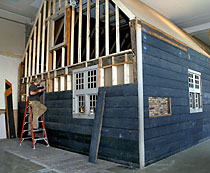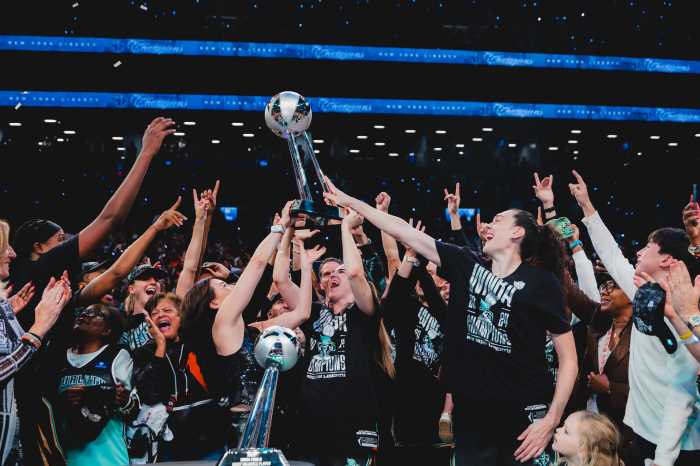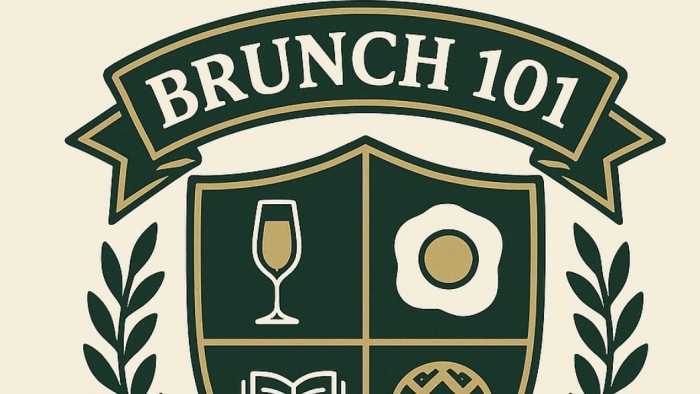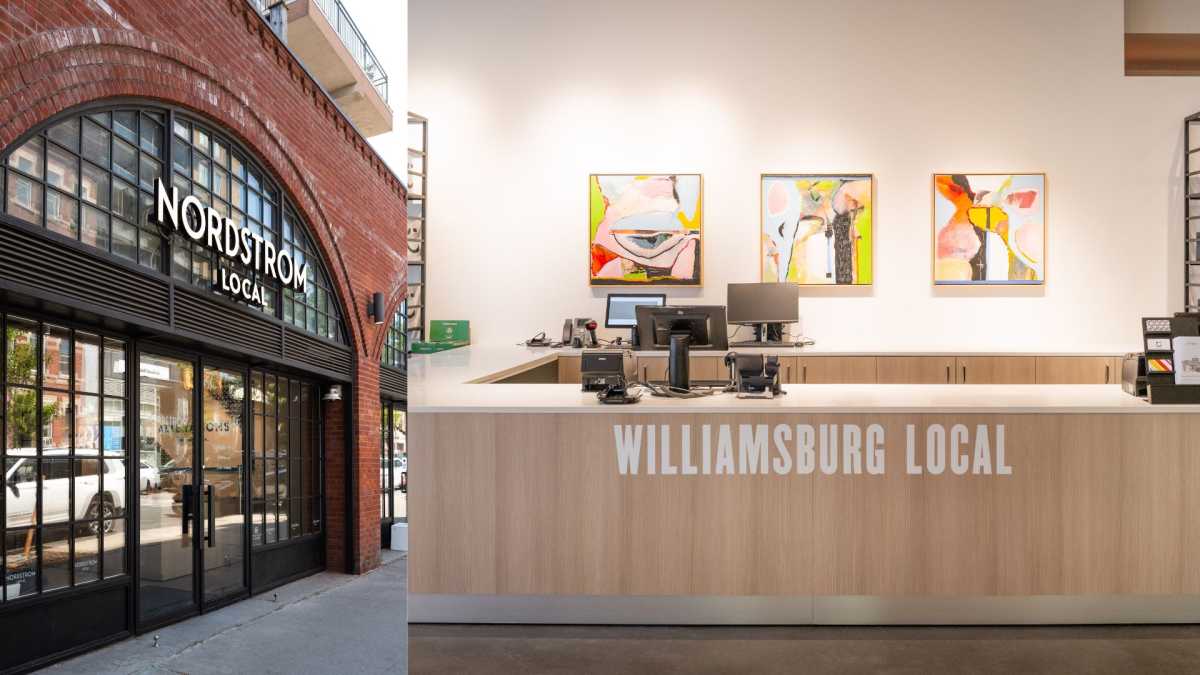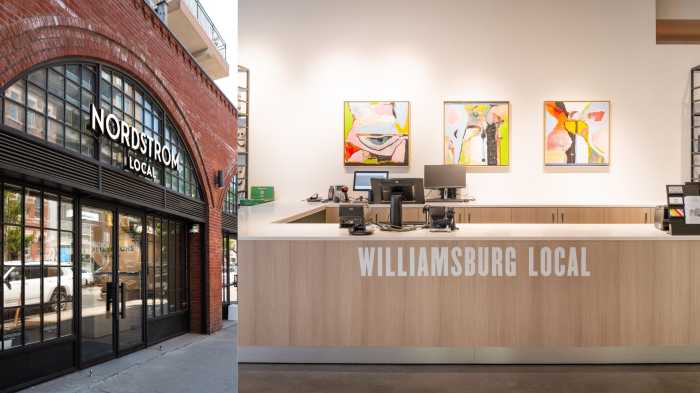If you think moving your belongings to
a new apartment is hard work, try moving an entire 17th-century
Dutch farmhouse.
That is the effort underway at the Brooklyn Museum, where piles
of faded, navy blue wooden panels lie atop 19-foot wooden beams
in a fourth-floor exhibition hall. As yet unassembled, those
panels and beams are as sturdy and capable of supporting a house
today as they were more than 300 years ago.
The staff of Traditional Line, Ltd. Restoration Company is now
hoping the framework of Jan Martense Schenck’s farmhouse will
hold up one more time.
The crew is in the final stages of the painstaking process of
restoring and rebuilding the quaint farmhouse, a five-month endeavor.
(While the farmhouse is expected to be finished in July, the
rest of the gallery must be completed before the hall reopens
to the public.)
"It was interesting and fun, to say the least, moving this
whole thing," Jim Boorstein, president of Traditional Line,
told GO Brooklyn during a behind-the-scenes tour. "The house
is so old that we had to figure out a way to lift the heaviest
beams without damaging anything, and we’re using almost the entire
original structure and framework. We had to take apart the whole
house and put it up again, like a giant, and very complicated,
jigsaw puzzle. It wasn’t easy, but I’d say everything went pretty
well."
The skeleton of the house itself sits in the middle of the room,
still a work-in-progress, but nonetheless an alluring glimpse
into Brooklyn’s bygone days. The house is being moved from one
location to another within the Brooklyn Museum, where it was
first put on display in 1964. Its new address will still be on
the museum’s fourth floor, but this time alongside a farmhouse
owned by Jan Martense Schenck’s grandson, Nicholas Schenck.
The Elizabeth A. Sackler Center for Feminist Art, scheduled to
open to the public in early 2007, will take over the old site
of the Jan Martense Schenck house.
"Once the new feminist arts center was going to go up, we
decided that [the Jan Martense Schenck house] should go up next
to a related house," explained the museum’s curator of decorative
arts, Barry Harwood. "It’s very wonderful to have two of
the oldest houses in Brooklyn side by side, it’s a very nice
touch."
The Jan Martense Schenck house is the oldest one in the United
States. It was built in 1675 in what is now the Flatlands section
of Brooklyn, on land granted to Schenck by Peter Stuyvesant and
the Council of the New Netherlands.
The relocation of the house is no small feat, as it’s made up
of two large, low-ceilinged rooms with a main support structure
weighing more than 8,000 pounds, not counting the siding, roof,
windows or door, which were added later, Boorstein said.
The house survived through the first half of the 20th century
in its original Flatlands location, but in 1952 the house was
at risk of demolition because of development in the area. The
Brooklyn Museum arranged to have it dismantled and stored for
a decade until preparations for installation of the house could
be made. On April 26, 1964, the house was opened to the public
inside the Decorative Arts gallery on the museum’s fourth floor.
The Schenck house was originally acquired to be part of the museum’s
collection of period rooms and houses, to represent the Dutch
vernacular tradition of the 17th century. The museum has been
acquiring period rooms and houses since 1915, with the procurement
of an 18th-century Connecticut room, which Harwood said was actually
a reproduction.
"When the museum started to acquire period rooms, beginning
in 1915, the goal was to show the history of architecture, beginning
with the colonial period," said Harwood. "The earliest
houses we had then were 18th-century houses and that’s when we
received the Nicholas Schenck house. In the 1940s, we began to
get some 17th-century ones.
"All of the rooms are a little juggled around now, and the
time periods vary, but we saw this as a great opportunity to
put both Schenck houses side-by-side, as a kind of comparison
of architectural evolution in New York."
The Schenck house is slightly less than 23 feet wide and 43 feet
long, with an 8-foot 6-inch doorway. The roof, previously 17
feet high at its old location in the museum, has been restored
to its full 19-foot height in the new room, said Boorstein.
"The reconstruction of the house has been interesting for
many reasons," said Boorstein. "It has given us a taste
of the past in how it is constructed, but we hope to delve even
deeper into the past. We have been taking core samples out of
the timber of the wooden beams and using dendrochronology to
try and find out what the climate was like back then. It’s a
big test and the results won’t be in for awhile, but it could
be very interesting to see how New York has changed over the
past 300 years."
Harwood hopes to open the reinstalled house this fall, when the
galleries are to be completed.
The Jan Martense Schenck House and the Nicholas Schenck House
will be on display again this September at the Brooklyn Museum
(200 Eastern Parkway at Washington Avenue in Prospect Heights).
Admission is $8 for adults, $4 for students and seniors, free
for members and children under 12.
The Brooklyn Museum is open every Wednesday through Friday, from
10 am to 5 pm, and every Saturday and Sunday, from 11 am to 6
pm. The first Saturday of every month (except September), the
museum has free entertainment, including music, dancing or free
art, from 5 pm to 11 pm.
For more information, call the Brooklyn Museum at (718) 638-5000
or visit the Web site at www.brooklynmuseum.org.


